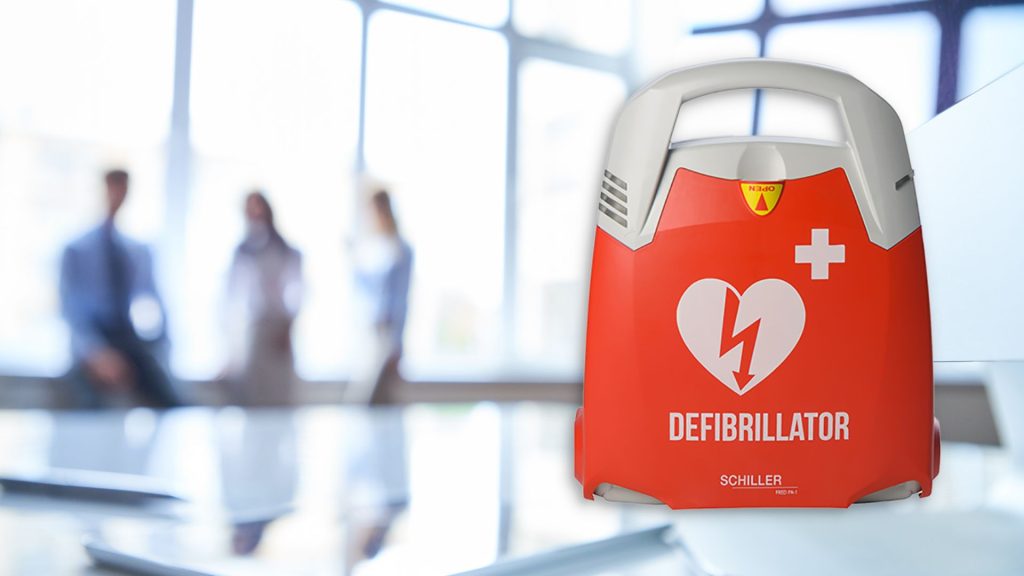Study Reveals Shocking Underuse of Life-Saving AEDs During Cardiac Arrests
Automated External Defibrillators (AEDs) installed in numerous public venues have the potential to rescue individuals experiencing cardiac arrest, yet a recent study uncovers a disheartening reality: these devices are rarely utilised. Funded by the National Heart, Lung, and Blood Institute and slated for presentation at an upcoming American College of Cardiology conference, the study examined almost 1,800 cases of cardiac arrest outside hospital settings, revealing that AEDs were employed in only 13 instances.
Why the scarcity of AED utilisation? Despite their role in resuscitating Buffalo Bills player Damar Hamlin during an on-field health crisis last year, experts are puzzled by the underuse of these devices, leading to preventable deaths. Here’s what you need to know about AEDs and what steps you can take in an emergency.
Understanding AEDs: AEDs serve as portable versions of hospital defibrillators, designed to restore the heart’s rhythm. While regulations surrounding AEDs vary across states, many public locations such as schools, gyms, airports, and federal buildings are mandated to have them. These devices feature a screen displaying instructions, a battery, and in some models, a speaker for audio guidance. Equipped with defibrillation pads, AEDs analyze the heart’s rhythm upon attachment to the chest and administer an electric shock if deemed necessary.
With survival rates for out-of-hospital cardiac arrests ranging from 8% to 10%, defibrillation dramatically enhances the likelihood of survival, boosting it to 50% to 74%. Moreover, AEDs are user-friendly, requiring minimal training to operate, making them accessible to anyone in a critical situation.
Why AEDs Remain Underutilised: Despite their availability, AEDs are seldom utilised during cardiac emergencies, as indicated by the study’s findings. The proximity of AEDs to cardiac arrest incidents did not significantly increase their usage, raising concerns about public awareness and response in emergencies.
Dr. Mirza Khan, the lead author of the study, underscores the necessity of optimising AED placement and enhancing bystander education and awareness. Identifying high-risk areas for cardiac arrests could inform strategic AED placement strategies.
What You Can Do: Empower yourself to respond effectively in an emergency by familiarizing yourself with AED locations in public spaces. Observe for AEDs in supermarkets, libraries, gyms, and theaters, preparing yourself mentally to act swiftly if needed.
Additionally, mentally rehearse potential emergency scenarios to mitigate freezing during critical moments. Dr. Harlan Krumholz advises individuals to spend a few minutes envisioning their response to cardiac emergencies, emphasizing the simplicity and effectiveness of AEDs’ instructions.
Recognizing signs of cardiac arrest, including fatigue, dizziness, shortness of breath, and chest pain, is crucial for prompt intervention. If confronted with a cardiac emergency, immediately call for help and initiate CPR if necessary, while seeking out an AED nearby.
Remember, AEDs offer clear instructions and require minimal training to operate. By equipping yourself with basic knowledge and preparedness, you can contribute to saving lives in critical situations.
Source: Yahoo






